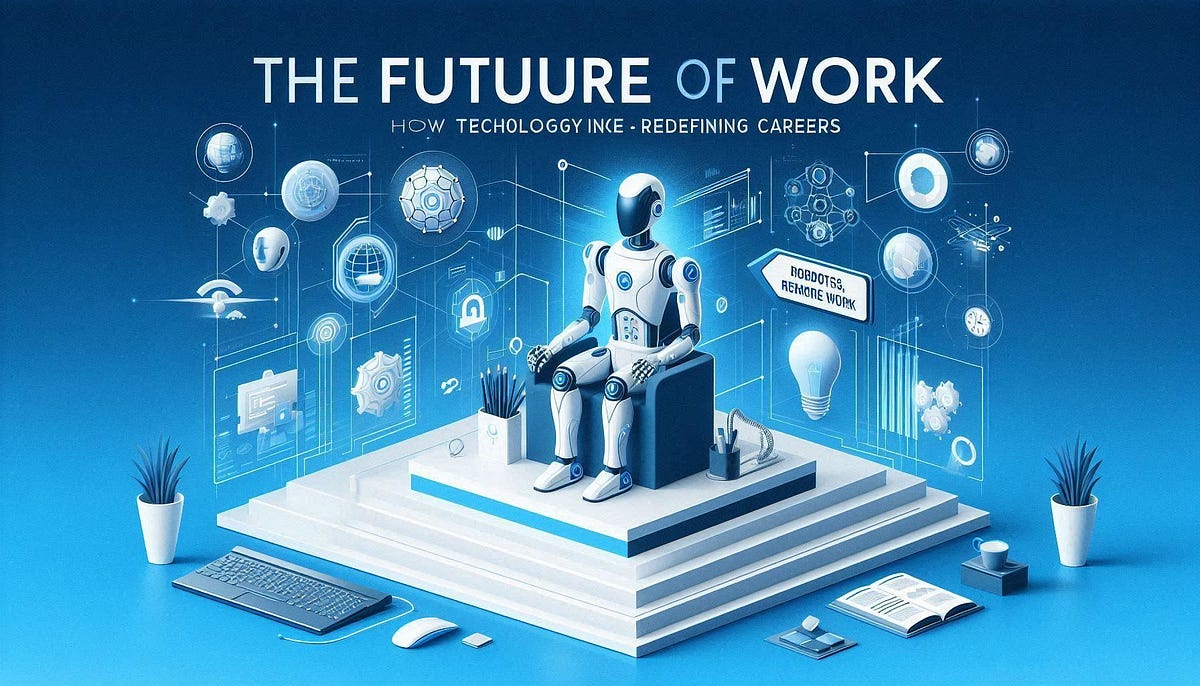The concept of work has undergone a seismic shift in recent years, propelled by technological advancements, cultural changes, and, notably, the global pandemic. Remote work, once a niche arrangement, has surged into the mainstream, reshaping how we think about employment, productivity, and work-life balance. This article explores the rise of remote work, its implications for the future of the workplace, and the challenges and opportunities it presents.
The Evolution of Remote Work
Historically, remote work was often limited to specific professions, such as writers, consultants, and tech developers. However, the COVID-19 pandemic forced companies worldwide to adapt to a remote setup almost overnight. As lockdowns were imposed and social distancing became the norm, businesses quickly realized that many tasks could be performed from home just as efficiently, if not more so, than in traditional office settings.
According to a report by Stanford University, remote work can lead to increased productivity, with employees reporting higher job satisfaction and lower stress levels. Flexibility became a significant factor; employees appreciated the ability to tailor their work environment to their personal preferences, whether that meant working in pajamas or creating a dedicated home office space.
The Benefits of Remote Work
1. **Flexibility and Work-Life Balance**: One of the most significant advantages of remote work is the flexibility it offers. Employees can create schedules that better align with their personal lives, leading to improved work-life balance. This flexibility can enhance overall well-being and reduce burnout.
2. Cost Savings: Both employers and employees can save money through remote work. Companies can reduce overhead costs associated with maintaining office space, while employees save on commuting expenses, work attire, and meals.
3. Access to a Global Talent Pool: Remote work allows companies to recruit talent from anywhere in the world, breaking geographical barriers. This access to a diverse range of skills and perspectives can foster innovation and creativity within teams.
4. Environmental Benefits: With fewer people commuting to work, remote work contributes to reduced carbon emissions and less traffic congestion. This shift can have a positive impact on environmental sustainability.
Challenges of Remote Work
Despite its many benefits, remote work is not without challenges:
1. Communication Barriers: The absence of face-to-face interaction can hinder effective communication and collaboration. Misunderstandings may arise more easily, and employees may feel isolated without regular in-person contact.
2. Overworking and Burnout: The blurring of boundaries between work and home life can lead to overworking. Without clear separation, employees may find it challenging to disengage from work, resulting in stress and burnout.
3. Technology Dependence: Remote work relies heavily on technology. Poor internet connections, inadequate hardware, or software issues can disrupt productivity and frustrate employees.
4. Company Culture and Team Cohesion: Maintaining a strong company culture can be difficult in a remote environment. Building team cohesion and fostering relationships among colleagues often require intentional effort and creative strategies.
The Future of Remote Work
As we move forward, the future of work is likely to be hybrid, combining the benefits of remote work with the advantages of in-person collaboration. Many companies are exploring flexible models that allow employees to choose whether to work from home or come into the office. This hybrid approach can accommodate different work styles and needs, catering to those who thrive in a collaborative environment while respecting the preferences of those who work better independently.
Organizations may also invest in technology and training to enhance remote collaboration and communication, ensuring that employees remain connected and engaged regardless of their physical location.
Conclusion
The rise of remote work has fundamentally altered the landscape of employment, reshaping how we perceive productivity, collaboration, and work-life balance. While it presents various challenges, the potential benefits are significant, offering a path towards a more flexible, inclusive, and sustainable workplace. As we navigate this evolving terrain, it will be vital for organizations to embrace




